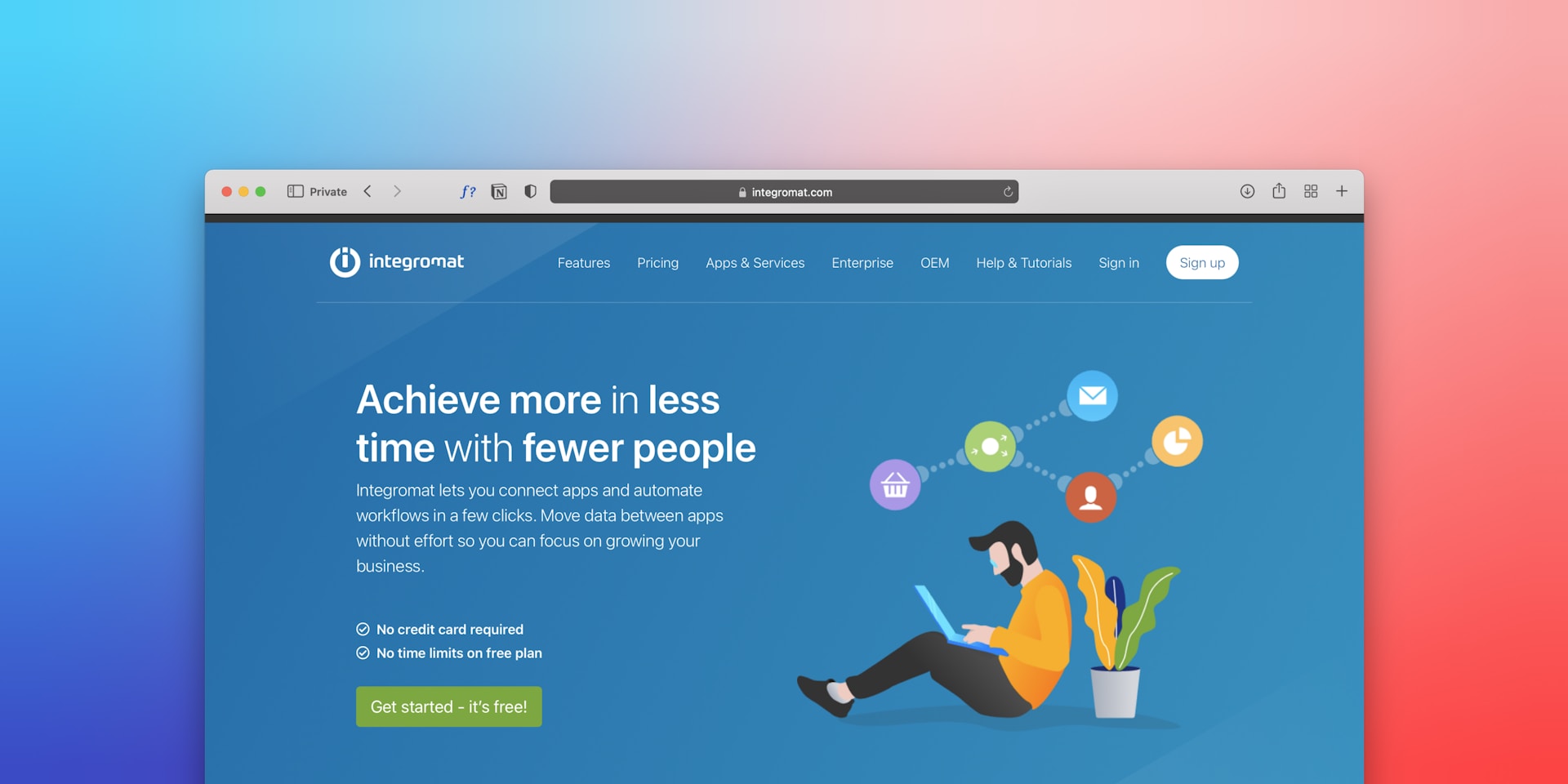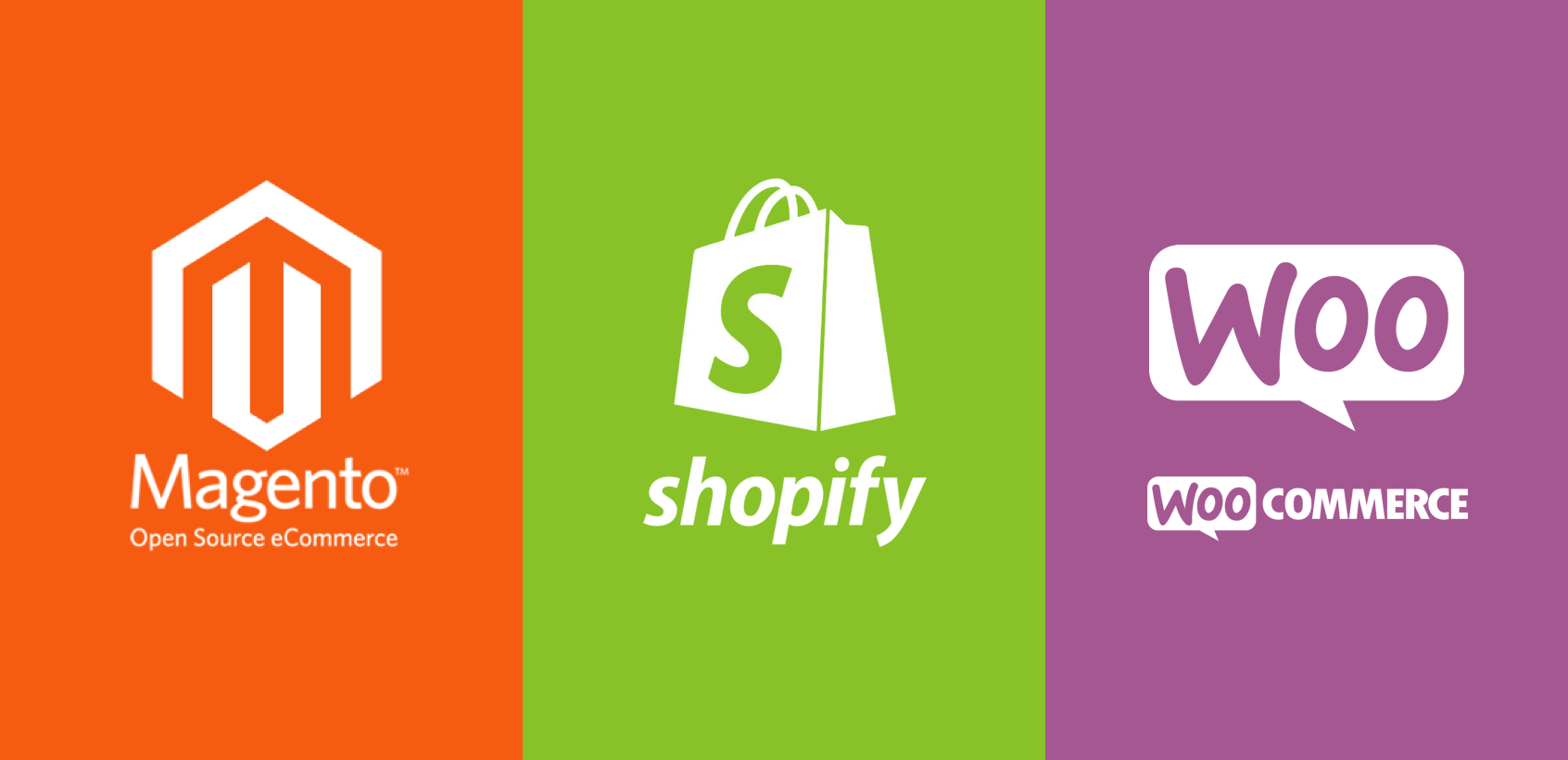
How to Create a Website Conversion Funnel: A Step-by-Step Guide
Creating a website conversion funnel is a critical step in turning visitors into customers. Whether you’re running an e-commerce store, SaaS platform, or a service-based business, a well-structured conversion funnel can make or break your digital marketing success. In this comprehensive guide, we’ll walk you through every stage of building an effective website conversion funnel that not only attracts visitors but converts them into loyal customers.
What Is a Website Conversion Funnel?
A website conversion funnel is a visual representation of the journey a visitor takes from their first interaction with your website to the point of conversion. Conversions could include actions like making a purchase, signing up for a newsletter, filling out a contact form, or downloading a resource.
The funnel metaphor illustrates how users narrow down from a broad group of visitors to a smaller group of active customers, much like a physical funnel.
Key Stages of a Website Conversion Funnel
- Awareness: The visitor becomes aware of your brand or offering.
- Interest: They engage with your content or explore your offerings.
- Consideration: They evaluate your product or service.
- Conversion: They take a desired action (purchase, sign-up, etc.).
- Retention & Advocacy: They return and potentially become promoters.
Why a Website Conversion Funnel Matters
Without a conversion funnel, your website is just a digital brochure. A well-optimized funnel:
- Increases ROI from marketing campaigns
- Improves user experience
- Identifies bottlenecks in the buyer journey
- Helps segment and target audiences more effectively
Step 1: Define Your Conversion Goal
Before building a funnel, you must define what a “conversion” means for your business. Ask yourself:
- Do you want users to purchase a product?
- Sign up for a newsletter?
- Schedule a consultation?
Clear goals help you shape the funnel effectively and track the right metrics.
Step 2: Understand Your Audience
Knowing your audience’s pain points, desires, and behaviors helps tailor the funnel to their needs.
Tools to Use:
- Google Analytics
- Customer surveys
- Social media listening
- Heatmaps (e.g., Hotjar, Crazy Egg)
Create buyer personas that outline demographics, interests, challenges, and buying behaviors. This step is crucial for content creation and ad targeting.
Step 3: Create Awareness (Top of the Funnel – TOFU)
Your goal here is to drive traffic to your site. Focus on strategies that introduce your brand to new audiences.
Strategies:
- SEO: Optimize content with keywords like How to Create a Website Conversion Funnel and related terms.
- Content Marketing: Blog posts, infographics, videos
- Social Media Marketing: Engage audiences through consistent posting and interaction
- Paid Advertising: Use Google Ads or social media ads to target specific personas
Step 4: Build Interest and Educate (Middle of the Funnel – MOFU)
Once visitors arrive, you need to keep them engaged and educate them on your value proposition.
Key Tactics:
- Lead Magnets: Ebooks, whitepapers, or checklists in exchange for emails
- Email Capture: Use pop-ups, sticky bars, or inline forms
- Educational Content: Case studies, how-to guides, webinars
- Retargeting Ads: Bring back visitors who didn’t convert initially
Step 5: Drive Conversions (Bottom of the Funnel – BOFU)
Now that you have interested leads, guide them toward a final decision.
Tools & Strategies:
- Clear CTAs: Buttons like “Buy Now” or “Schedule a Demo”
- Landing Pages: Tailored to specific campaigns or audience segments
- Testimonials & Reviews: Build social proof
- Live Chat & Chatbots: Assist in real time to reduce friction
Step 6: Post-Conversion Strategies
The funnel doesn’t stop at conversion. Retaining and upselling customers is more cost-effective than acquiring new ones.
Retention Tactics:
- Onboarding Emails: Guide users on how to get value
- Customer Feedback Surveys: Improve offerings
- Loyalty Programs: Reward repeat customers
- Email Nurture Campaigns: Offer helpful content and updates
Step 7: Measure & Optimize Your Funnel
You can’t improve what you don’t measure. Use analytics to monitor performance and identify drop-off points.
Key Metrics:
- Conversion Rate
- Bounce Rate
- Time on Page
- Click-Through Rate (CTR)
- Customer Lifetime Value (CLTV)
Tools:
- Google Analytics 4
- HubSpot or Mailchimp
- A/B Testing tools like Optimizely or VWO
Optimization Tips:
- Run A/B tests on headlines, CTAs, and forms
- Reduce page load time
- Simplify forms and navigation
- Personalize user experiences using dynamic content
Common Website Conversion Funnel Mistakes to Avoid
- Not Defining a Clear Goal: Leads to vague messaging.
- Poor Mobile Optimization: Most users browse on mobile.
- Ignoring Analytics: Missed opportunities to improve.
- Overcomplicating the Funnel: Keep it intuitive.
- Lack of Trust Signals: Add testimonials, reviews, and certifications.
Real-Life Example: E-commerce Funnel
Business Type: Online clothing store
- TOFU: Instagram ads showcasing trending apparel
- MOFU: Blog post on “Top 10 Spring Fashion Trends”
- Lead Magnet: 15% off for email signup
- BOFU: Personalized emails with product recommendations
- Retention: Loyalty program with discounts for referrals
Conclusion
Creating a website conversion funnel is essential for turning traffic into tangible business results. From raising awareness to post-conversion engagement, every stage of the funnel plays a vital role in the customer journey. By setting clear goals, understanding your audience, and continually testing and optimizing, you can build a high-converting funnel that boosts ROI and enhances user experience.
Start building your website conversion funnel today and unlock the full potential of your digital presence.


